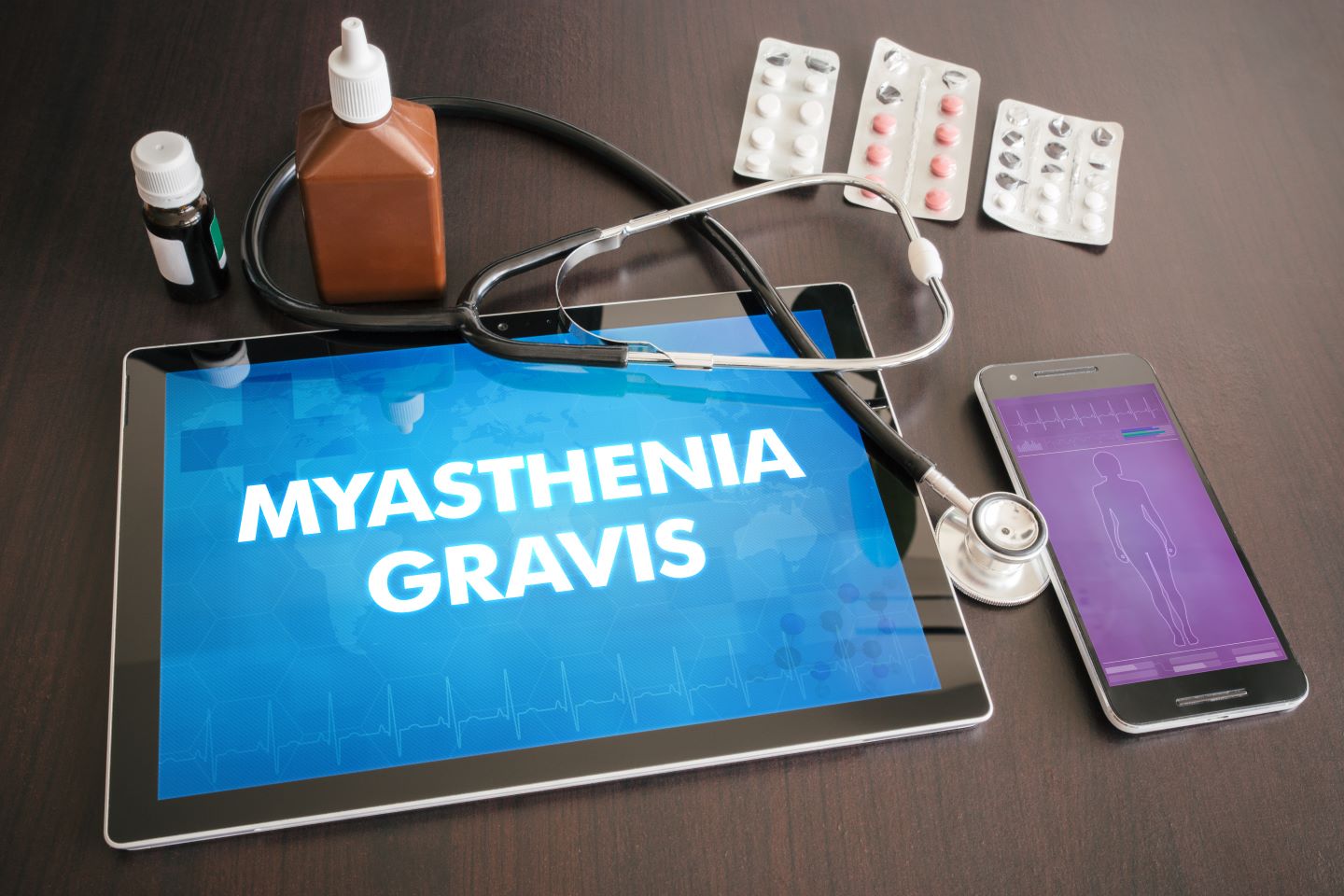On 8 April, at the 2025 American Academy of Neurology (AAN) meeting, Johnson & Johnson (J&J) announced results from additional analyses of the Phase III Vivacity-MG3 double-blind study and the ongoing open-label extension (OLE) (NCT04951622), evaluating the long-term efficacy and safety of investigational nipocalimab in a broad population of acetylcholine receptor antibody–positive (AChR+), muscle-specific tyrosine kinase antibody–positive (MuSK+), and low-density lipoprotein receptor-related protein 4 antibody–positive (LRP4+) adults with generalised myasthenia gravis (gMG). The additional analysis confirmed that patients treated with nipocalimab plus standard of care (SOC) maintained improvements in their Myasthenia Gravis Activities of Daily Living (MG-ADL) score and quantitative myasthenia gravis (QMG) scores over 84 weeks with sustained reductions in total IgG.
Nipocalimab is an investigational monoclonal antibody, designed to bind with high affinity to block the neonatal Fc receptor (FcRn) and reduce levels of circulating immunoglobulin G (IgG) antibodies, potentially without impact on other immune functions. Vivacity-MG3 is a Phase III, randomised, double-blind, placebo-controlled study conducted at 81 outpatient centres with expertise in myasthenia gravis in 17 countries in Asia–Pacific, Europe, and North America. The Vivacity trial included adults aged 18 or over with gMG inadequately controlled with SOC therapy. The participants were randomly assigned to receive either nipocalimab at a loading dose of 30mg/kg, followed by a maintenance dose of 15mg/kg every two weeks, or placebo infusions every two weeks, added to SOC therapy in both groups, for 24 weeks. Patients treated with nipocalimab plus SOC maintained improvements in their MG-ADL and QMG scores over 84 weeks with sustained reductions in total IgG.
J&J exhibited additional findings from the Vivacity-MG3 study, displaying that nipocalimab met its key secondary endpoint, a change in QMG score. Patients treated with nipocalimab plus SOC achieved statistically significant improvements in their QMG score by negative 4.9 versus placebo plus SOC over seeks 22 and 24. Patients in the nipocalimab plus SOC treatment group were four times more likely to sustain symptom improvement at 20 weeks compared to the placebo plus SOC group, as measured by a three or greater point improvement on the QMG score.
J&J also showed that nipocalimab demonstrated a mean change in MG-ADL of negative 5.64 from the double-blind baseline after 60 weeks in the OLE for study participants receiving nipocalimab and SOC, and a mean change of negative 6.01 for study participants who transitioned from placebo and SOC to nipocalimab and SOC. As part of the trial, nipocalimab also exhibited a steroid-sparing effect. In the antibody-positive population, 45% of patients receiving steroids at the OLE baseline were able to decrease or discontinue steroids at 84 weeks by more than half of their baseline dose. Among these patients, the mean dose of prednisone decreased from 23mg to 10mg per day. Finally, nipocalimab had a consistent and tolerable safety profile throughout the OLE phase.
The additional results of the trial are exciting. Given that MG is a chronic condition and there is a significant disease burden on patients living with this condition, investigational therapies must be able to demonstrate long-term disease control. Furthermore, the Vivacity-MG3 trial showed improvements in disease control as measured by MG-ADL and QMG scores across a broad population seropositive for AChR, MuSK, or LRP4 autoantibodies. This is essential, as currently, most marketed therapies are indicated for AChR+ patients with gMG. Key opinion leaders (KOLs) previously interviewed by GlobalData have noted that there is a significant unmet need for effective treatments for patients who are MuSK+ or LRP4+. These patients are usually prescribed standard treatments such as acetylcholinesterase inhibitors, steroids, and immunosuppressants, and although effective in non-refractory MG patients, refractory MG patients are left with few additional treatment options. Therefore, the results of the Vivacity-MG3 trial are a welcome development for MuSK+ and LRP4+ MG patients, as they indicate that an exciting new treatment option may be on the horizon.
The steroid-sparing effect displayed in the Vivacity-MG3 trial is also noteworthy. KOLs have noted that despite their effectiveness in treating MG, the prolonged use of corticosteroids is associated with severe side effects and that their use must be carefully managed to attain a therapeutic effect without impacting a patient’s quality of life. Nipocalimab may be able to assist in helping patients transition off corticosteroid treatment, improving both their treatment outcomes and quality of life.
The findings from the Vivacity-MG3 trial underscore the potential of nipocalimab as a transformative treatment for gMG. By demonstrating sustained improvements in MG-ADL and QMG scores, alongside reductions in IgG levels, nipocalimab addresses critical unmet needs for patients with AChR+, MuSK+, and LRP4+ antibodies. Its steroid-sparing effect further enhances its appeal, offering a pathway to improved quality of life by reducing reliance on corticosteroids and their associated side effects. With a consistent safety profile and promising long-term efficacy, nipocalimab represents a promising advancement in gMG therapy, paving the way for broader disease management and better patient outcomes.




